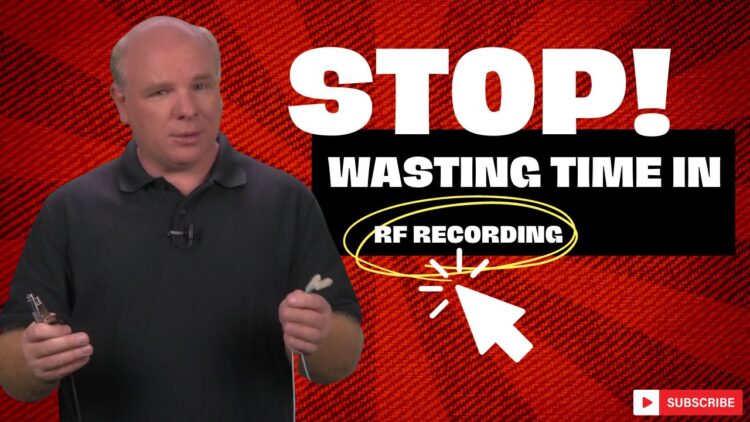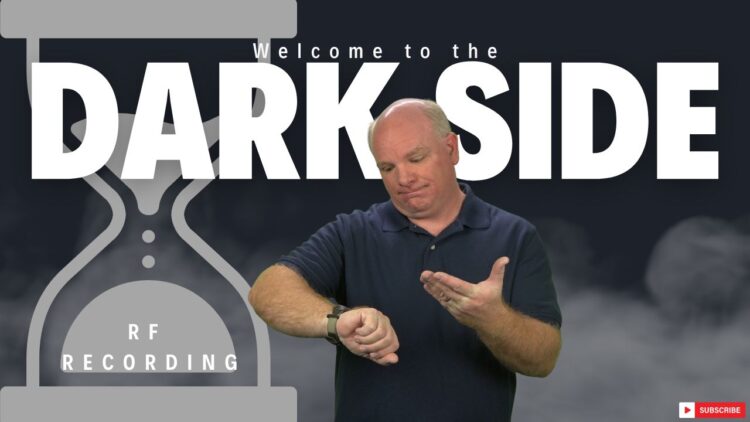You need the RIGHT tool not the “best” tool. There is a big difference.
Video Transcript:
– If you’re an engineer like me, you probably think about the world a little bit differently. Sometimes, for example, when I say something awkward in a social situation, my wife will just smile and say, “Sean’s an engineer!” After a few chuckles, the party continues. But it’s not always so easy to recover when the engineering brain exceeds its design limits.
(dramatic tune) (logo thudding) (tranquil tune) A few years ago, I had two young kids at home, and a chaotic house. There was disorganization and dirty clothes everywhere I looked. I didn’t really know how to fix this, so I decided to do the only thing I really know how to do as an engineer, I decided to build something. A custom closet.
The most beautiful custom closet a homeowner could ever desire. Now, this was going to require some new skills. But even more exciting than that, some new tools. I mean, sure, I could use my trusty old circular saw to rip plywood, but some random guy on YouTube said, “A table saw was really the way to go for this type of job.”
A few clicks later, and I was reading user manuals for table saws. A little bit further down the rabbit hole, and I was checking out the specs. Typical RPM, maximum rip width, dust collection systems, you know how it it. The point is, I jumped right into the specifications, deep into the specifications.
After nerding out on specs for a while and securing spousal permission for this purchase, I was the proud new owner of a top-of-the-line Hitachi Table Saw. A few weeks later, it was finally time to cut some plywood. It was the hardwood stuff, I think it was, like $125 a sheet, and this was going to be a nice closet, a household peace was sure to follow. About halfway through that first sheet of plywood I realized, “Hey, this isn’t quite as easy as that guy on YouTube said it was gonna be.”
It’s actually kinda hard to get a straight cut when I have to handle an eight-foot sheet of plywood by myself. Especially when my finger is just inches away from a blade spinning at 6,500 RPM. I mean, at least I knew the exact speed at which I was going to lose my finger. And that’s when it struck me, I think I made a mistake.
I bought the wrong tool! I thought that the right tool for the job, was the one with the most impressive specifications, the largest motor, the one that could do the most things. The truth is that all I really needed to do was just buy a rip fence for my old circular saw. I needed the right tool for the job, not the best tool.
There is a big difference (page swishing) So, what does any of this have to do with RF test and measurement? Well in the world of RF test and measurement, engineers shopping for things like RF Recorders often focus on Frequency Range and Bandwidth as the two most important specs. Now, I grant you they are certainly important specs. There are some minimum thresholds you have to meet.
But I’ve been down this road before as an instrument designer. Every instrument, every tool is a series of complex trade-offs. The instrument with the widest frequency range, might have the worst noise figure. The one with the widest bandwidth, might not be able to reject any interfering signals.
The cheapest one might not have enough storage. Look, there is no RF Recorder or RF instrument that is awesome at everything. The best tool is the one that fits your way of working, and your job, perfectly. So, when you’re in the market for an RF Recorder or any kind of RF instrument, make sure you’re thinking about more that just the specifications.
Thanks for watching, I’m Sean Wallace, and I hope you’re as excited about RF recording as I have been for the last 20 years. And oh, and in case you were wondering, the closet (magical music) it looks awesome. (dramatic music) (logo thudding) (tranq







